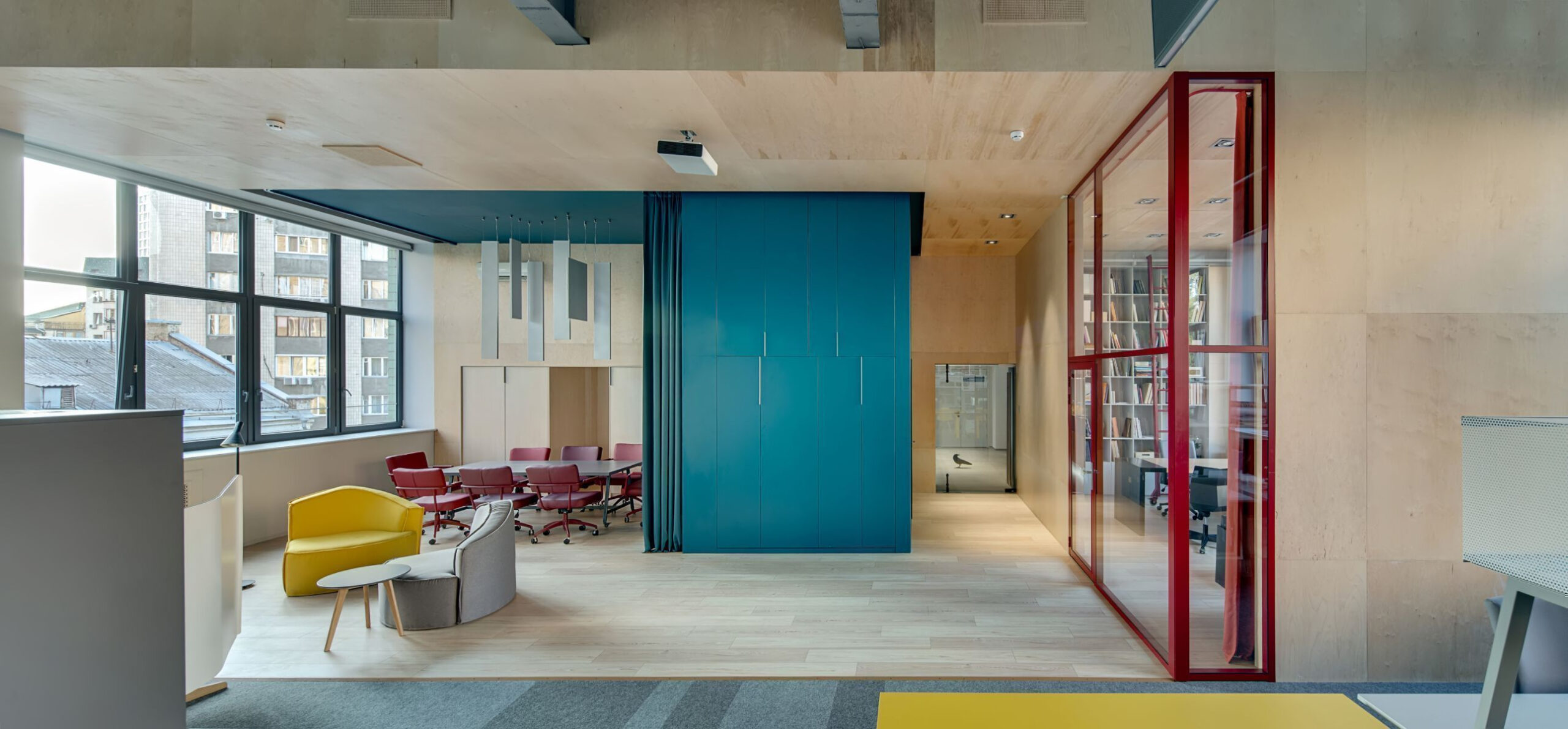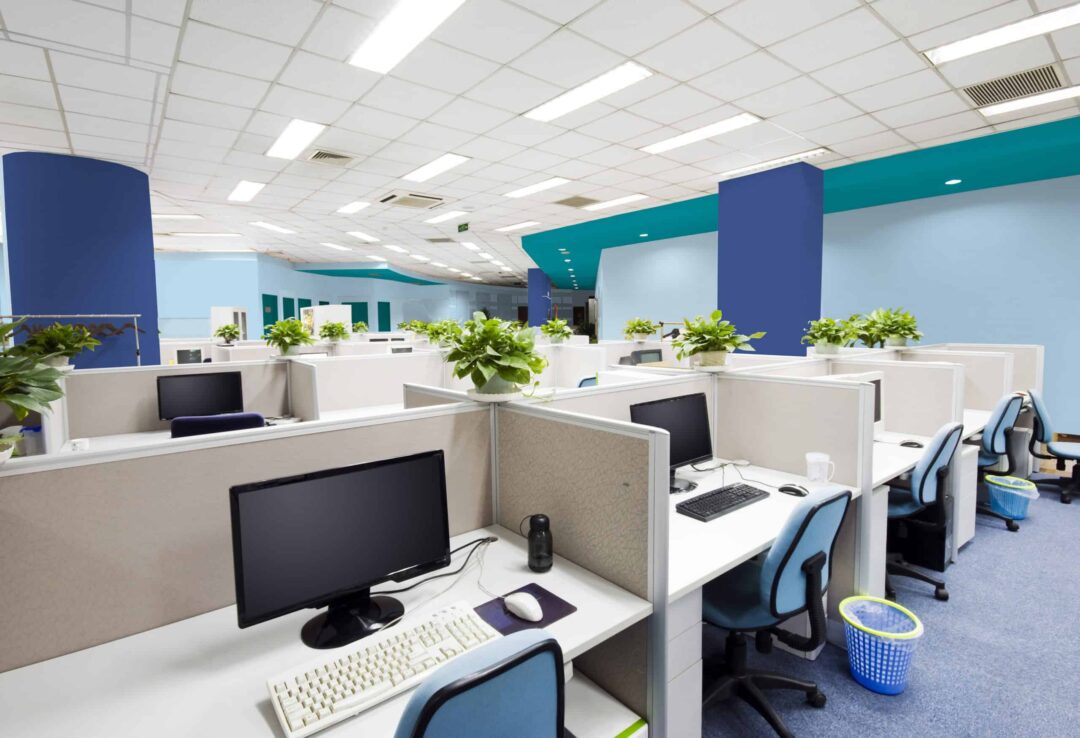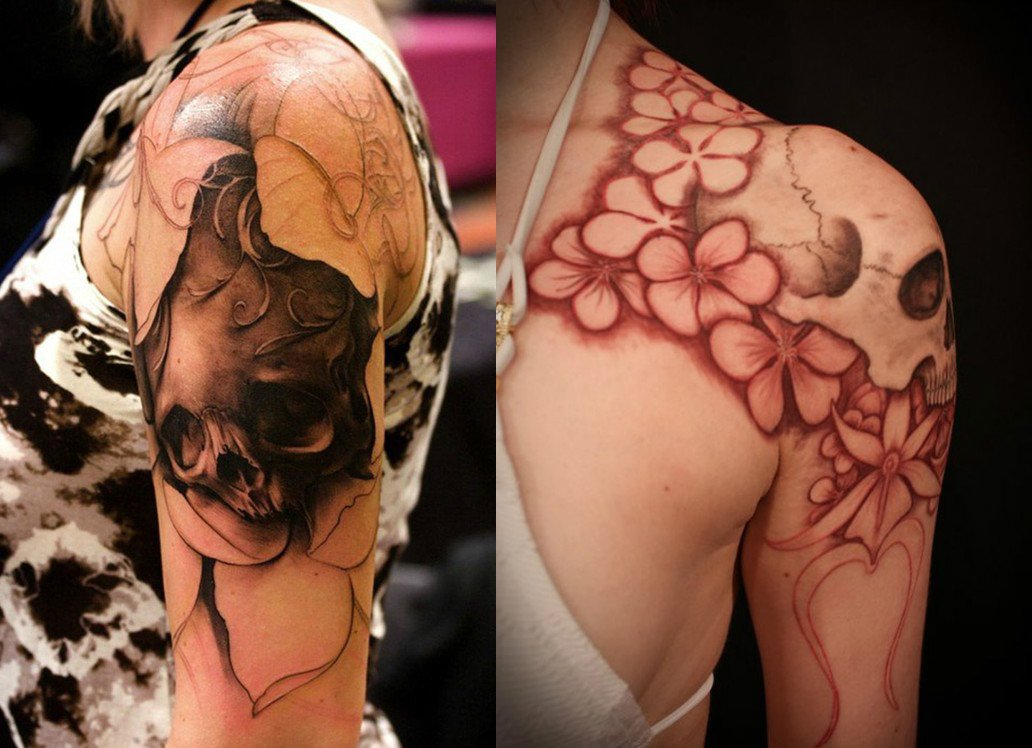In the heart of Richmond Hill, where the lively energy of the city converges with the tranquility of suburban life, creating an inspiring office space is a shared pursuit. When it comes to designing an office environment that fosters productivity and creativity, the importance of color cannot be overstated. Colors profoundly impact people’s moods, energy levels, and overall well-being. The right color palette can transform a drab workspace into a dynamic and inspiring one. This article will delve into the art of choosing the right colors for a productive office environment, exploring the psychology behind colors, and how Richmond Hill painters can help you create a harmonious workspace.
Understanding the Psychology of Colors
Before diving into the specifics of color selection, it’s crucial to understand the psychology of colors. Different colors evoke different emotions and can influence people’s behavior. Here’s a brief overview of how some common colors affect people:
Blue: Blue is often associated with calmness and productivity. It can create a sense of tranquility and focus, making it an excellent choice for offices where concentration is key.
Green: Green symbolizes growth, renewal, and balance. It can inspire creativity and reduce stress. Incorporating green into your office can promote a harmonious and productive atmosphere.
Yellow: Yellow is a vibrant and energizing color. It can stimulate optimism and creativity. However, too much yellow can be overwhelming, so it’s best used as an accent color.
Red: Red is a bold and attention-grabbing color. It can increase heart rate and boost energy levels. While it can be invigorating, it’s essential to use it sparingly, as excessive red can lead to agitation.
Neutral Tones: White, gray, and beige colors can create a clean and sophisticated look. They provide a neutral backdrop for other colors and can help reduce distractions.
Creating a Balanced Color Scheme
Now that you have a basic understanding of color psychology, it’s time to explore how to create a balanced color scheme for your office:
Choose a Dominant Color: Start by selecting a dominant color for the walls and larger furniture pieces. This color should align with the mood you want to create. For a calm and focused atmosphere, consider shades of blue or green.
Add Accent Colors: Once you have your dominant color, add accent colors to create visual interest. Accent colors can be used for smaller furniture items, decor, and accessories. These can be bolder colors like red or yellow to add energy to the space.
Consider Natural Elements: Incorporating natural elements like wood, plants, and stone can complement your color scheme. These elements bring warmth and texture to the office, making it a more inviting place to work.
Use Color Psychology Wisely: Think about the specific functions of different areas within your office. For instance, if you have a break room or a space for brainstorming, you might want to use more vibrant colors to encourage social interaction and creativity.

Avoiding Color Overload
While choosing the right colors is essential, it’s equally crucial to avoid color overload. Too many contrasting colors can be distracting and overwhelming. Here are some tips to keep your color palette balanced:
Stick to a Limited Palette: Limit your color choices to a select few. Three to four colors are generally sufficient for creating a cohesive and visually pleasing office environment.
Consider Color Flow: Ensure that the colors you choose flow smoothly from one area to another. This helps maintain a sense of unity throughout the office.
Test Before You Paint: Before committing to a color scheme, test paint samples on the walls and observe how they look under different lighting conditions. Colors can appear differently in natural light compared to artificial light.
Personalizing Your Office Space
While it’s essential to consider general color principles, don’t forget to infuse your personality and brand identity into the office. Here are some ideas for personalizing your workspace:
Incorporate Brand Colors: If you have specific brand colors, consider incorporating them into your office design. This not only reinforces your brand identity but also creates a cohesive look.
Display Art and Photos: Hang artwork and photos that resonate with you and your team. Personal touches can make the space feel more inviting and inspire creativity.
Comfortable Seating: Invest in ergonomic and comfortable seating options for your employees. This enhances productivity and shows that you care about their well-being.
Conclusion
In conclusion, choosing the right colors for a productive office environment carefully balances color psychology, personal preferences, and functionality. With the help of Richmond Hill painters, you can create a workspace that promotes productivity, creativity, and overall well-being. Remember to balance your color palette, test your choices, and add personal touches to make the office space uniquely yours. With the right colors, your office can become a place where both you and your team thrive.




